59-23-4
| Name | D-Galactose |
|---|---|
| Synonyms |
BRAIN SUGAR
galactos EINECS 200-416-4 D-(+)-Galactose Dextrogalactose (+)-Galactose D-Galactose (9CI) MFCD00871336 Gal d-galactos D(+)-Galactose (+)-aldehydo-D-galactose Galactose, D- D(+)-Glactose aldehydo-D-galactose Lactoglucose cerebrose MaltaseHydrate Galactose D-Galactose |
| Description | D-Galactose is a natural aldohexose and C-4 epimer of glucose. |
|---|---|
| Related Catalog | |
| Target |
Human Endogenous Metabolite |
| In Vitro | Galactose is important for the survival and virulence of bacteria. In Escherichia coli galactose is utilized by the Leloir pathway. Two anomers of d-galactose are used for different purposes, α-d-galactose as a carbon source and β-d-galactose for induction of UDP-galactose synthesis for biosynthetic glycosylation[1]. |
| In Vivo | Chronic D-galactose exposure induces neurodegeneration by enhancing caspase-mediated apoptosis and inhibiting neurogenesis and neuron migration in mice, as well as increasing oxidative damage. In addition, D-galactose-induced toxicity in mice is a useful model for studying the mechanisms of neurodegeneration and neuroprotective drugs and agents[2]. D-galactose given by oral route causes cognitive impairments in rats which are accompanied by oxidative damage. Cognitive impairments is observed in the open-field test in the 4th and 6th weeks after d-gal administration, as well as an impairment in spatial memory in the radial maze test after the 6th week of d-gal administration[3]. |
| Animal Admin | Rats: D-galactose is dissolved in water for administration at the dose of 100 mg/kg of body weight, and given by oral gavage, once a day, over a period of 1, 2, 4, 6 or 8 weeks. Animals are randomized into two groups: control animals (receiving water by oral gavage) or d-gal animals (receiving D-galactose by oral gavage). The behavioral tests and biochemical analysis are undertaken on the1st, 2nd, 4th, 6th and 8th weeks after the last administration of d-gal[3]. Mice: Male adult C57BL/6 mice are randomly divided into three groups (control, D-galactose, and D-galactose plus α-LA). D-galactose (100 mg/kg) is injected subcutaneously (s.c.) daily into mice for 7 weeks. α-LA (100 mg/kg body weight) is injected peritoneally (i.p.) daily concomitantly for 7 weeks. All control animals are given saline[2]. |
| References |
| Density | 1.6±0.1 g/cm3 |
|---|---|
| Boiling Point | 527.1±50.0 °C at 760 mmHg |
| Melting Point | 168-170 °C(lit.) |
| Molecular Formula | C6H12O6 |
| Molecular Weight | 180.156 |
| Flash Point | 286.7±26.6 °C |
| Exact Mass | 180.063385 |
| PSA | 110.38000 |
| LogP | -3.17 |
| Vapour Pressure | 0.0±3.1 mmHg at 25°C |
| Index of Refraction | 1.573 |
| Storage condition | Store at RT. |
| Water Solubility | H2O: 100 mg/mL |
CHEMICAL IDENTIFICATION
HEALTH HAZARD DATAACUTE TOXICITY DATA
|
| Personal Protective Equipment | Eyeshields;Gloves;type N95 (US);type P1 (EN143) respirator filter |
|---|---|
| Hazard Codes | Xi |
| Risk Phrases | 36/37/38 |
| Safety Phrases | S22-S24/25 |
| RIDADR | NONH for all modes of transport |
| WGK Germany | 3 |
| RTECS | LW5490000 |
| HS Code | 29400090 |
| Precursor 9 | |
|---|---|
| DownStream 10 | |
| HS Code | 29400090 |
|---|


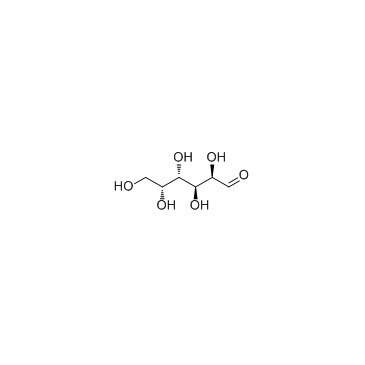
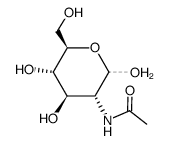

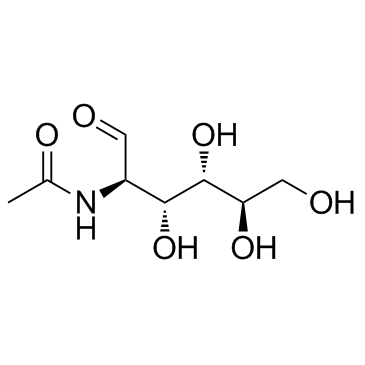
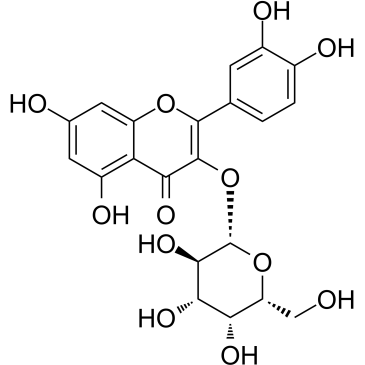
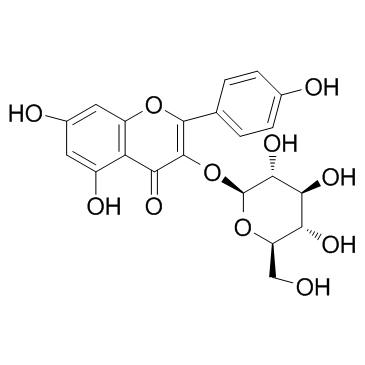
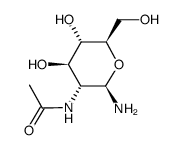

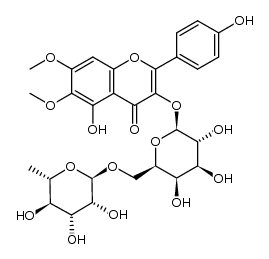
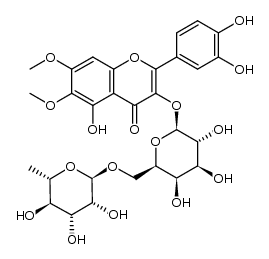

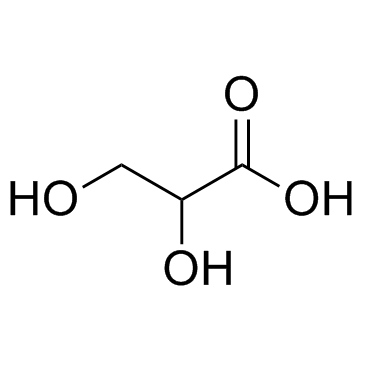
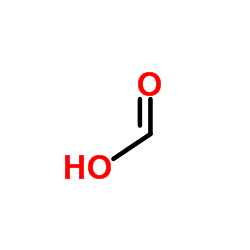


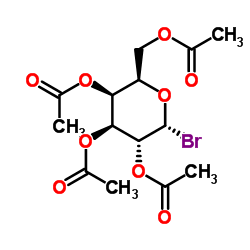
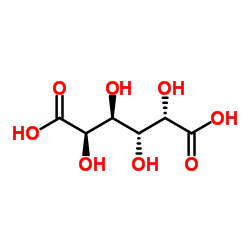
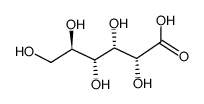

![2-(hydroxymethyl)-4-methoxy-8,8-dimethyl-3,7,9-trioxabicyclo[4.3.0]nonan-5-ol structure](https://image.chemsrc.com/caspic/428/40269-01-0.png)